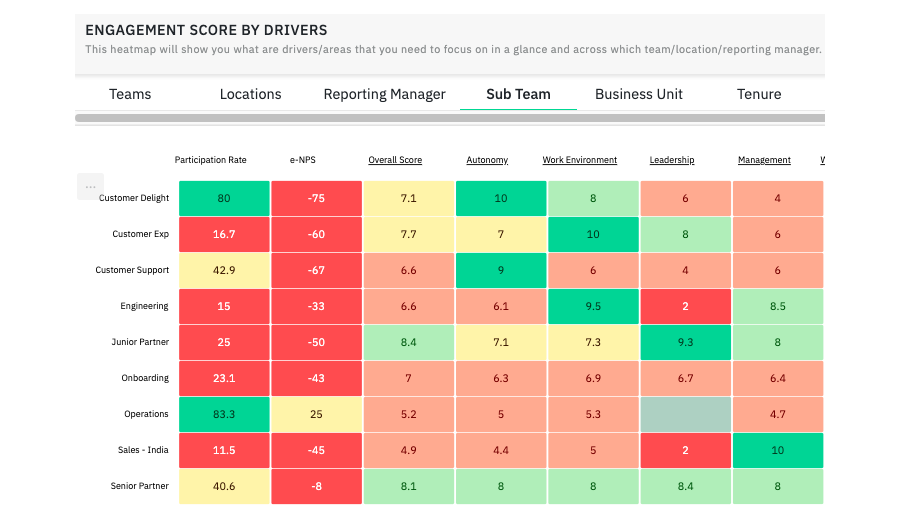After persuading a Fortune 100 firm to run an A/B experiment, the Harvard Business Review (HBR) reports that asking fewer questions in a survey (four to five) will not only have more value, but will also appear less intimidating than asking a longer series of multipart questions. “Response rates for the fewer questions were over 11x better than for the full questionnaire. When one factored in the declining quality of ‘tail end’ answers, people clearly just ‘box ticking’ the final five or six answers to be done with it- less proved more.”
Here at Qualaroo, we believe that surveying is one of the most effective ways to get direct feedback and responses from customers and website reviewers. Although we agree with the article that “you’ll learn a lot more by asking a lot less,” instead of four or five questions, even asking one simple but effective query can prove to be even more valuable. Not only will one question appear more simple and easy to answer to a visitor, but it will also allow you to focus in on a certain type of feedback your company may be looking for, whether it is related to product development or increasing sales.
We’d love to hear from you and your thoughts on the benefits of asking fewer questions. What questions have you found to be most effective and on average, how many questions do you ask your customers for feedback? You can also read the full blog post from the HBR here.
FREE. All Features. FOREVER!
Try our Forever FREE account with all premium features!

 We'd love your feedback!
We'd love your feedback! Thanks for your feedback!
Thanks for your feedback!







